#rollable
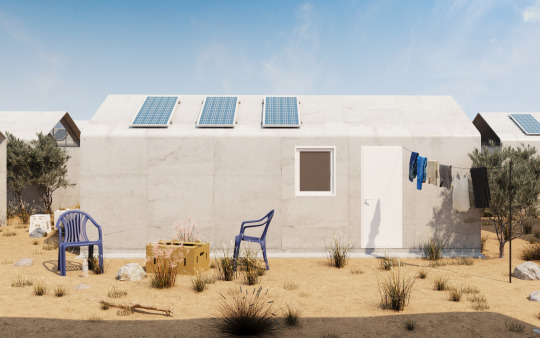
All images courtesy of Cutwork.
By Idha Valeur
Architecture firm, Cutwork, has designed a flat-pack, easy to assemble and low-cost refugee shelter with 30 years life-span, that only requires two people, a day and water to be built.
The 6.9m-long, 3.6m-wide and 2.95m-tall housing unit is an ongoing project between Cutwork studio and USA-based, Cortex Composites.
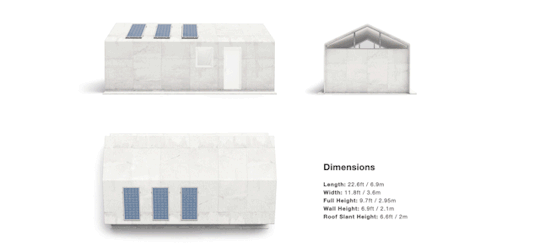
The design behind the shelter takes into account that, most likely, the location and the people assembling it means that no machinery can help.
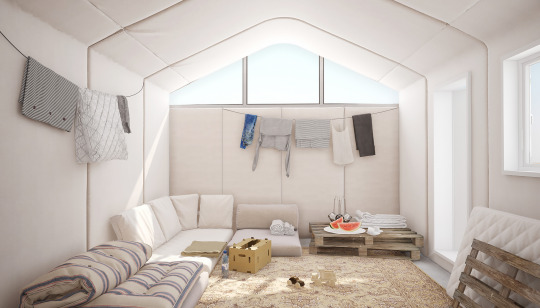
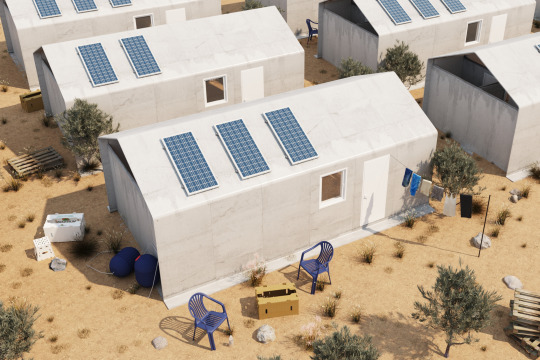
With this in mind, the shelter can be constructed in 24 hours and by two people with no building experience.
Cortex shelter consists of the Cutwork designed metallic tubes that can be bent into shape and Cortex Composites’ technology of rollable concrete that only need water to harden. It is these metal tubes that created the frame of the house. The tubes are easily bent by hand and locks into place to create a stable structure. After the frame has been assembled, insulation sheets that are waterproof as well as washable that click into place on the metal frame.
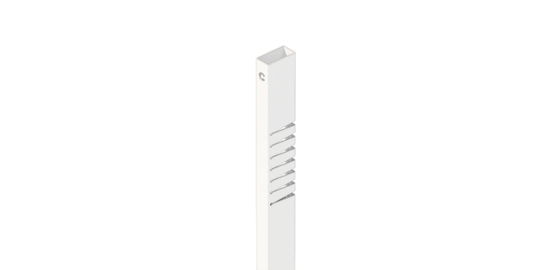
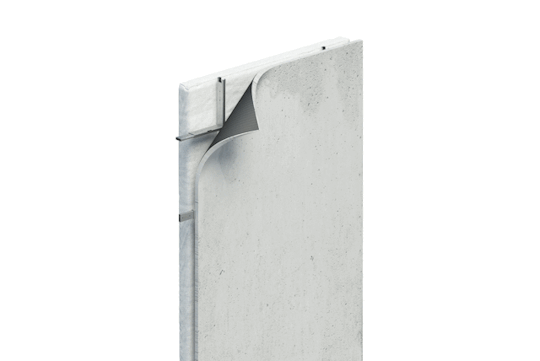
‘Finally, Cortex Composite’s innovative and environmentally friendly concrete textile is rolled out and laid over the exterior frame. Water is added to it, and within 24 hours the concrete has hardened to create a fully protective shell over the structure. It is literally a “just add water” housing solution,’ a Cutwork release read.
The rollable concrete is, according to the cortex shelter website, 1.25cm-thick and has a 90% carbon savings in comparison with traditional concrete. The shelter will also be fireproof, it can withstand different weather in different climates and will be more hygienic as the shelter has actual flooring and not just placed on the ground as is.

The shelter will also have roof-mounted solar panels, a lockable door, a toilet, a shower and an electric cooking top in each shelter.

The ambition for the shelter, its structure and the opportunities for further developments of it has opened up an idea of making cities. ‘It is critical not only to consider camps as long-term settlements but as foundations to build future cities. The project of a new city is to become a place where people want to stay, not leave,’ the website read. To further develop this plan, they have taken the same system of the shelter and created example buildings that are incremental for a society, including a covered market, a school and an agora. A case study on this project is coming soon.
